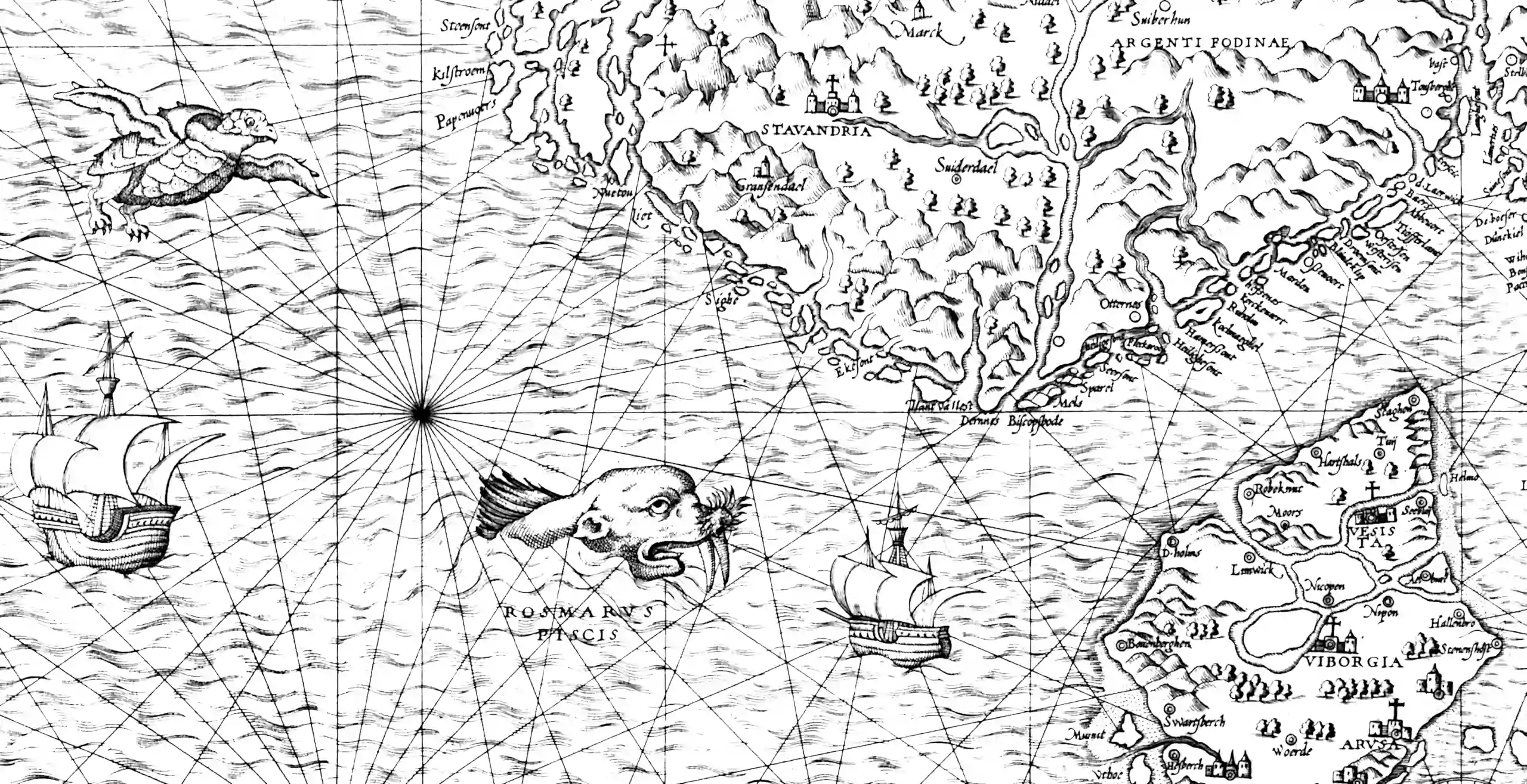Arridge, Maass, Öktem, et al. 2019.
“Solving Inverse Problems Using Data-Driven Models.” Acta Numerica.
Ayed, and de Bézenac. 2019. “Learning Dynamical Systems from Partial Observations.” In Advances In Neural Information Processing Systems.
Dupont, Kim, Eslami, et al. 2022.
“From Data to Functa: Your Data Point Is a Function and You Can Treat It Like One.” In
Proceedings of the 39th International Conference on Machine Learning.
Han, Jentzen, and E. 2018.
“Solving High-Dimensional Partial Differential Equations Using Deep Learning.” Proceedings of the National Academy of Sciences.
Ikeda. 1989.
“Decentralized Control of Large Scale Systems.” In
Three Decades of Mathematical System Theory: A Collection of Surveys at the Occasion of the 50th Birthday of Jan C. Willems. Lecture Notes in Control and Information Sciences.
Müller, and Zeinhofer. 2020.
“Deep Ritz Revisited.”
Park, Yoo, and Nadiga. 2019. “Machine Learning Climate Variability.” In.
Patraucean, Handa, and Cipolla. 2015.
“Spatio-Temporal Video Autoencoder with Differentiable Memory.” arXiv:1511.06309 [Cs].
Ronneberger, Fischer, and Brox. 2015.
“U-Net: Convolutional Networks for Biomedical Image Segmentation.” Edited by Nassir Navab, Joachim Hornegger, William M. Wells, and Alejandro F. Frangi.
Medical Image Computing and Computer-Assisted Intervention – MICCAI 2015. Lecture Notes in Computer Science.
Ruthotto, and Haber. 2020.
“Deep Neural Networks Motivated by Partial Differential Equations.” Journal of Mathematical Imaging and Vision.
Safonova, Ghazaryan, Stiller, et al. 2023.
“Ten Deep Learning Techniques to Address Small Data Problems with Remote Sensing.” International Journal of Applied Earth Observation and Geoinformation.
Särkkä. 2011.
“Linear Operators and Stochastic Partial Differential Equations in Gaussian Process Regression.” In
Artificial Neural Networks and Machine Learning – ICANN 2011. Lecture Notes in Computer Science.
Shankar, Portwood, Mohan, et al. 2020. “Learning Non-Linear Spatio-Temporal Dynamics with Convolutional Neural ODEs.” In Third Workshop on Machine Learning and the Physical Sciences (NeurIPS 2020).
Shelhamer, Long, and Darrell. 2017.
“Fully Convolutional Networks for Semantic Segmentation.” IEEE Transactions on Pattern Analysis and Machine Intelligence.
Stewart, Robinson, Corley, et al. 2022.
“TorchGeo: Deep Learning with Geospatial Data.” In
Proceedings of the 30th International Conference on Advances in Geographic Information Systems. Sigspatial ’22.
Tait, and Damoulas. 2020.
“Variational Autoencoding of PDE Inverse Problems.” arXiv:2006.15641 [Cs, Stat].
Zammit-Mangion, Ng, Vu, et al. 2021.
“Deep Compositional Spatial Models.” Journal of the American Statistical Association.
